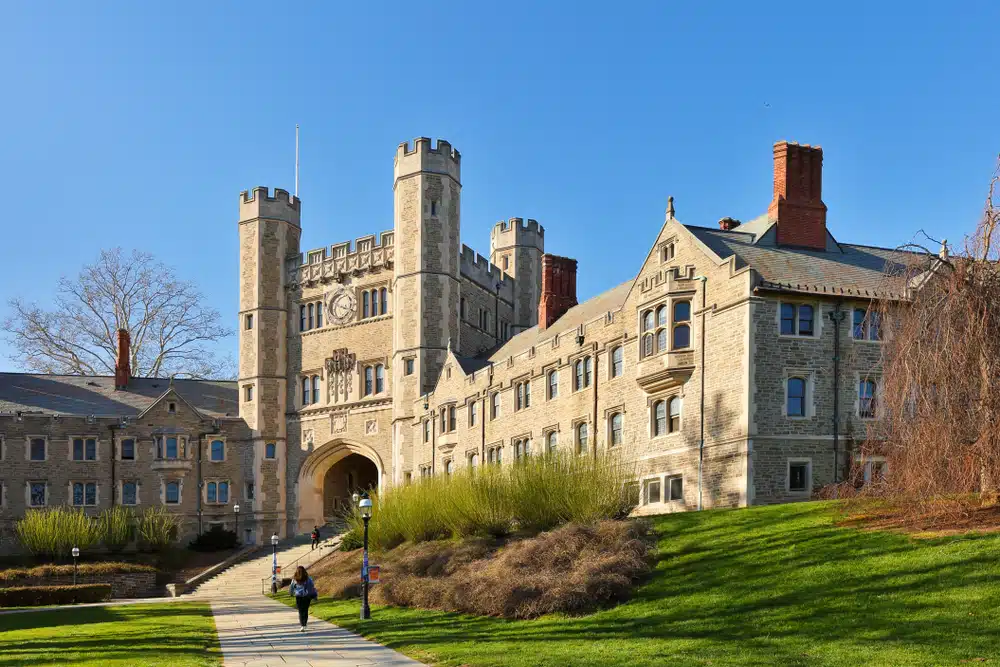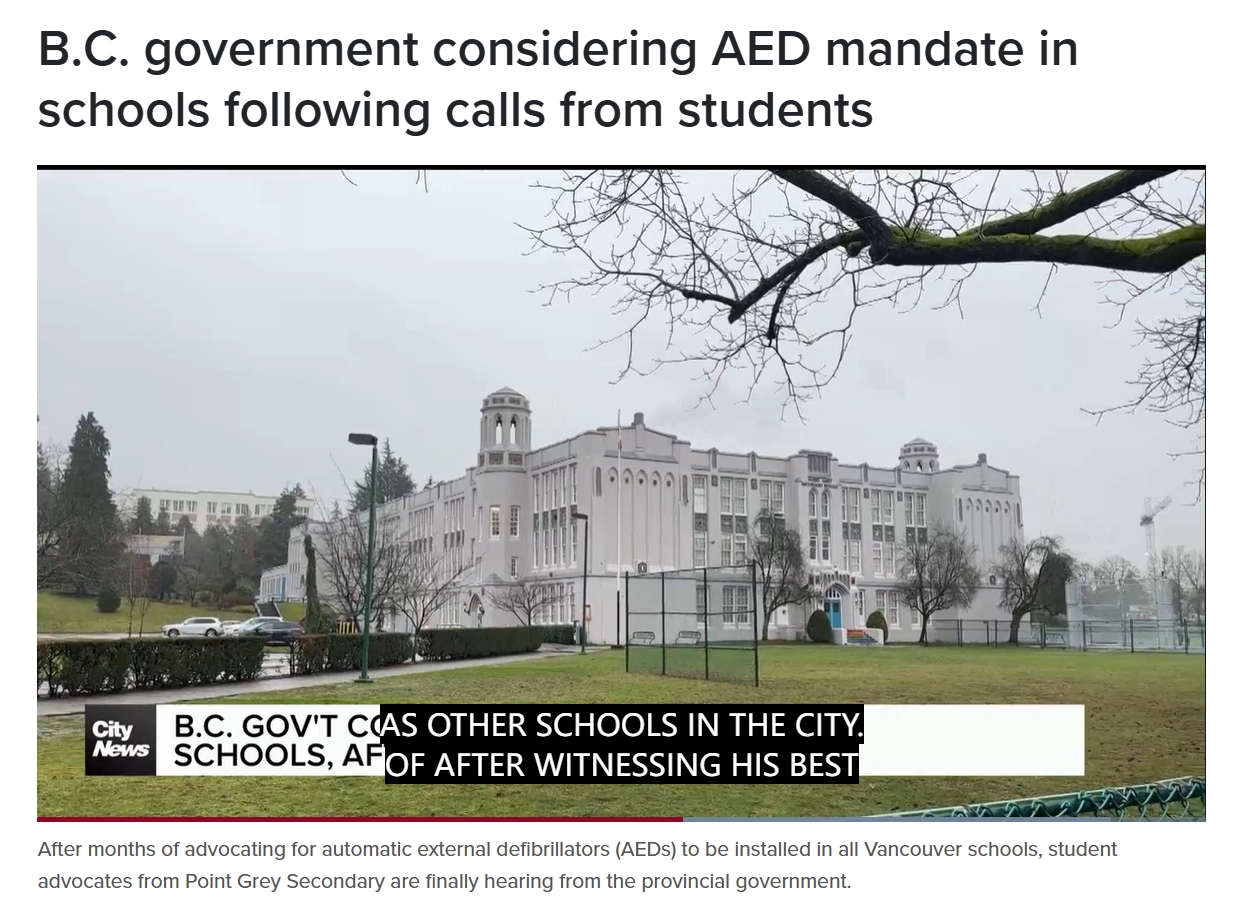Introduction
Ontario’s universities have issued an urgent joint call: to meet burgeoning student demand over the next five years, they must expand undergraduate capacity by 80,000 seats, particularly in high-demand programs like engineering, computer science, and nursing. Though the provincial government has already injected substantial funding, universities insist this is far from enough — indicating serious implications for future admissions and student experience.
1. What’s Driving the University Capacity Crisis?
Ontario is home to some of Canada’s most prestigious institutions — U of T, McMaster, Waterloo, Western, Queen’s, and more. Yet they face several shared challenges:
-
Massive enrollment gains—applications have grown ~17%, especially in STEM and teacher training fields.
-
Seat shortages—many qualified applicants are being rejected or denied admission due to lack of space.
-
Financial shortfalls—revenues from international tuition often diverted to provincial coffers, but compensation is offset by cost rises and reduced domestic funding.
Universities warn that by 2030 they require funding for an additional 80,000 seats, or risk denying thousands of capable students access to academic programs.
2. Bill 33 Sparks Autonomous vs. Oversight Debate
Recently proposed Bill 33 (Supporting Children and Students Act 2025) has triggered resistance from universities citing:
-
Threat to institutional autonomy, with ministerial directives that sidestep legislative scrutiny campuscoalition.org+4globenewswire.com+4ocufa.on.ca+4.
-
Ancillary fee regulations that may cancel student-funded services like counselling, clubs, and food banks ground.news+5globenewswire.com+5en.wikipedia.org+5.
-
Centralized admission criteria, forcing schools to adopt “provincially defined merit”, constraining diversity initiatives .
University councils argue Bill 33 is a distraction, complicating institutional mission with bureaucracy while doing little to address core funding gaps.
3. Government’s Response and Funding Steps
Ontario’s Minister Nolan Quinn has responded:
-
Bill 33 is designed to protect student services, ensure equity, and align with federal research security protocols queensu.ca+10ontariosuniversities.ca+10globenewswire.com+10queensu.caglobenewswire.com+1ocufa.on.ca+1.
-
No regulations will be finalized until consultation with universities completes.
-
Government has already invested over $2B across 14 months, supporting 90,000 seats in priority sectors like nursing, construction, and teacher education.
Recent funding includes $55.8M allocated to faculties of education to train 2,600 teachers by 2027 queensu.ca.
4. Implications for Students & Families
🎓 Admissions Pressure & Student Choice
-
Popular majors are becoming oversubscribed, making admissions extremely competitive.
-
Many programs now offer limited spots, forcing students to seek alternatives.
📉 Cuts & Campus Services at Risk
-
Universities are being pushed to cut underfunded programs, reduce staff, and close some campuses — echoing crisis cases like Laurentian University en.wikipedia.org.
-
Proposed ancillary fee reforms threaten vital services including mental health, housing, and clubs .
💰 Rising Fees Amid Funding Constraints
-
Domestic tuition is frozen, but universities make up shortfalls by raising international fees or using ancillary charges — often exceeding national averages policyalternatives.ca.
-
With costs rising, provinces funding just ~29% of operating budgets, affordability continues to decline for students.
5. How Parents & Applicants Should Respond
✅ A. Research Program Capacity Trends
-
Track admission rates and seat availability in target programs.
-
Apply for a mix of competitive and realistic alternatives.
✅ B. Strengthen Academic & Extracurricular Profiles
-
Prioritize STEM and community engagement—research, contests, volunteering.
-
Consider internships or practical experiences.
✅ C. Prepare for Uncertainty
-
Maintain application pipeline across multiple universities and programs.
-
Refresh backup strategies if Academy pathways close due to capacity constraints.
✅ D. Budget for Service & Fee Changes
-
Anticipate possible cuts to services—mental health, housing, green fees.
-
Investigate scholarship, bursary and student aid options.
✅ E. Seek Expert Guidance
-
Use admissions advisors for tailored timelines, application polishing, and fee optimization.
-
Stay informed on policy shifts and align plans accordingly.
Conclusion
Ontario’s universities are navigating a perfect storm: record enrollment growth, financial constraints, and looming regulatory pressure. The battle lines around Bill 33 underscore tensions between accountability and autonomy, while funding gaps spotlight growing threats to student access and campus vitality.
For families preparing for postsecondary entry, the landscape demands strategic foresight: apply broadly, strengthen credentials, monitor changes, and budget carefully. With proactive planning and support, students can still thrive amid the evolving Ontario education ecosystem.










Leave A Comment